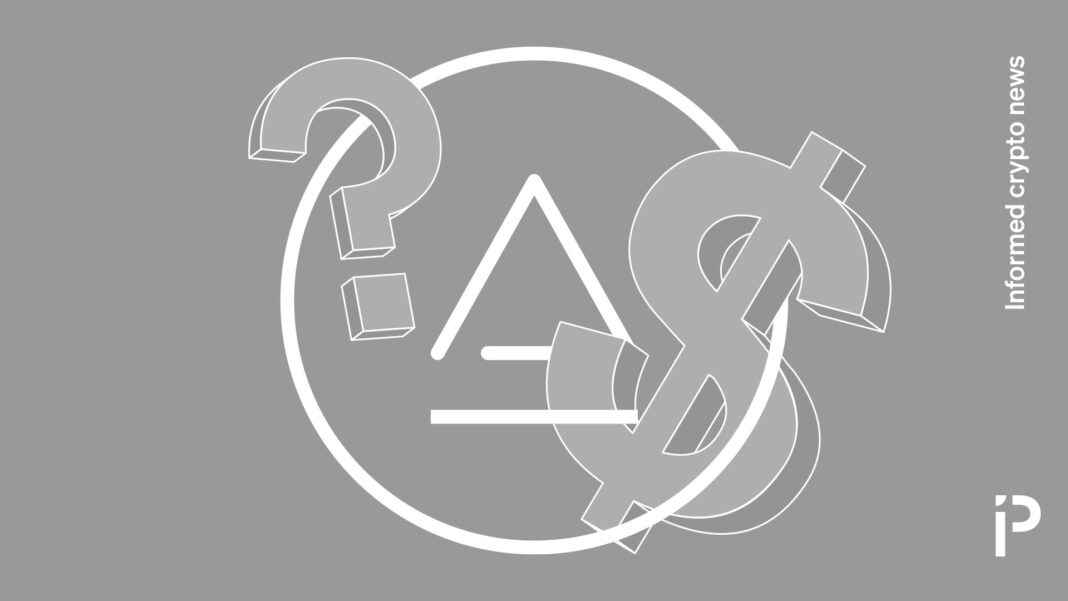Market Pulse
The South Korean cryptocurrency exchange landscape is undergoing a dramatic transformation, with Upbit solidifying its position as the undisputed market leader. Recent reports indicate that Upbit now commands an overwhelming 72% share of the nation’s crypto trading volume, leaving smaller competitors struggling for survival. This significant market consolidation raises critical questions about competition, regulatory impact, and the future viability of independent exchanges within one of Asia’s most dynamic crypto markets.
Upbit’s Ascendance and Unrivaled Market Share
Upbit’s meteoric rise to dominance isn’t merely a matter of incremental growth; it’s a testament to strategic positioning, strong liquidity, and a robust user base. With 72% of the total trading volume, Upbit effectively dictates market dynamics for millions of South Korean investors. This concentration of power reflects a broader trend of ‘winner-take-all’ economics often observed in rapidly maturing, yet heavily regulated, digital asset markets.
- Market Dominance: Upbit controls nearly three-quarters of all crypto transactions in South Korea.
- Liquidity Advantage: High trading volumes attract more users, creating a self-reinforcing cycle of liquidity.
- Brand Trust: Early mover advantage and consistent service have built significant user loyalty.
The Regulatory Gauntlet: A Catalyst for Consolidation
South Korea’s financial regulators have implemented some of the most stringent rules globally for virtual asset service providers (VASPs). While aimed at investor protection and combating illicit finance, these regulations have inadvertently created formidable barriers to entry and operational challenges for smaller exchanges. Compliance requirements, such as real-name bank accounts and robust anti-money laundering (AML) protocols, demand substantial financial and technical resources that only larger players can readily afford.
- Real-Name Account Requirement: Exchanges must partner with traditional banks for real-name deposit and withdrawal accounts, a difficult feat for smaller entities.
- Strict KYC/AML: Enhanced Know Your Customer (KYC) and AML obligations increase operational costs.
- Licensing Hurdles: Obtaining and maintaining regulatory licenses is an expensive and complex process.
The Plight of Smaller Exchanges and Market Impact
For the remaining handful of smaller exchanges, the outlook is increasingly bleak. Unable to compete on liquidity, trading fees, or the sheer marketing power of Upbit, many face an existential crisis. The high cost of compliance, coupled with dwindling trading volumes, pushes them towards either acquisition, niche specialization, or outright closure. This trend, while ensuring a more regulated market, also risks reducing innovation and stifling competitive pricing for consumers.
The consolidation of power in one or two major players could lead to:
- Reduced Innovation: Fewer platforms mean fewer experimental features or unique offerings.
- Potential for Higher Fees: Less competition may remove the incentive for exchanges to lower trading costs.
- Centralization Risk: Over-reliance on a single platform could pose systemic risks if Upbit faces operational issues or security breaches.
Conclusion
Upbit’s overwhelming market dominance in South Korea is a clear indicator of the powerful interplay between regulatory pressure, competitive dynamics, and user preference in the crypto space. While a more consolidated market might offer enhanced security and regulatory oversight, it simultaneously raises concerns about competition, diversity, and the accessibility of digital assets for the average investor. As the South Korean market continues to evolve, all eyes will be on how regulators balance the need for control with fostering a healthy, innovative, and competitive environment for virtual asset services.
Pros (Bullish Points)
- Enhanced regulatory compliance and investor protection due to larger, better-resourced exchanges.
- Increased liquidity and potentially more stable trading environments on dominant platforms.
Cons (Bearish Points)
- Reduced competition among exchanges, potentially leading to less innovation and higher trading fees.
- Increased centralization risk, making the market more vulnerable to single points of failure or regulatory overreach.
Frequently Asked Questions
Why is Upbit's market share in South Korea so high?
Upbit's high market share is attributed to its early mover advantage, robust liquidity, strong brand trust, and its ability to meet stringent regulatory requirements, particularly the real-name bank account partnership.
What impact do South Korean regulations have on crypto exchanges?
South Korean regulations, including strict KYC/AML and the requirement for real-name bank accounts, significantly increase operational costs and complexity, making it difficult for smaller exchanges to compete and survive.
What are the potential downsides of market consolidation in crypto?
Downsides include reduced competition, which can lead to less innovation, potentially higher fees for users, and increased centralization risk if a large portion of the market relies on a single platform.



